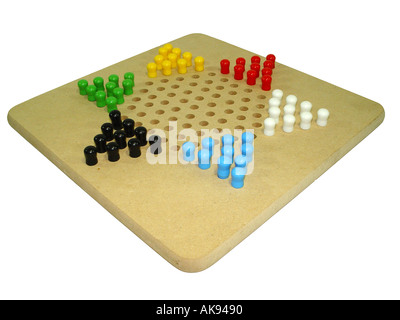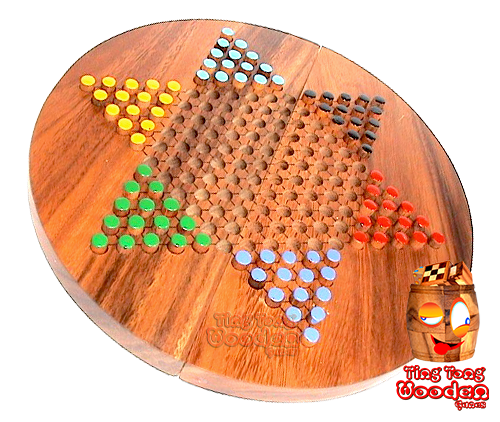
The game starts to get interesting when there are lots of pieces in the centre as a turn then will usually consist of a single piece making multiple hops over several pieces and moving some distance. Each turn, a piece is moved to the adjacent square or, if possible, a piece can be moved by hopping over an adjacent piece into the hole the other side from where it can hop over another adjacent piece if such exists and so on. The objective of Halma is to move all your pieces from your corner into the opposing corner. Ayres included some rules in a handbook copyrighted in 1889, which is the earliest British record yet found by this author, and it was also published by Jaques, Spears and probably other manufacturers around this time. MB lost the war and ended up publishing a slight variant under the name "Eckha".

George Monks filed Patent number: 383653 on and it was issued in May 1888.Į.I.Horsman (see below) first published Halma but the rights to it were challenged in the courts by Milton Bradley.

He described the game to his brother George, apparently, who then took a couple of suggestions from HOPPITY and created HALMA, but not in such a way as to infringe on HOPPITY's copyright."Īpparently, a mathematician and preacher called Thomas Hill, who later became president of Harvard, was also involved in the development of the game and it was he who came up with the name "Halma" which is Greek for "jump" (a story reminiscent of the game, Jenga, which means 'build' in Swahili, invented a century later). Monks, discovered the British game of HOPPITY during a trip to England in 1883 or 1884. However, the Games historian Bruce Whitehill in the early 2000s undertook a quest to prove that Halma was American and indeed he found plenty of evidence to this end.īruce's article on the subject says "HALMA was invented between 18 by George Howard Monks, an American thoracic surgeon at Harvard Medical School. Most people consider that Halma is a Victorian British game and perhaps it was the Victorians who took to the game and made it popular.


 0 kommentar(er)
0 kommentar(er)
